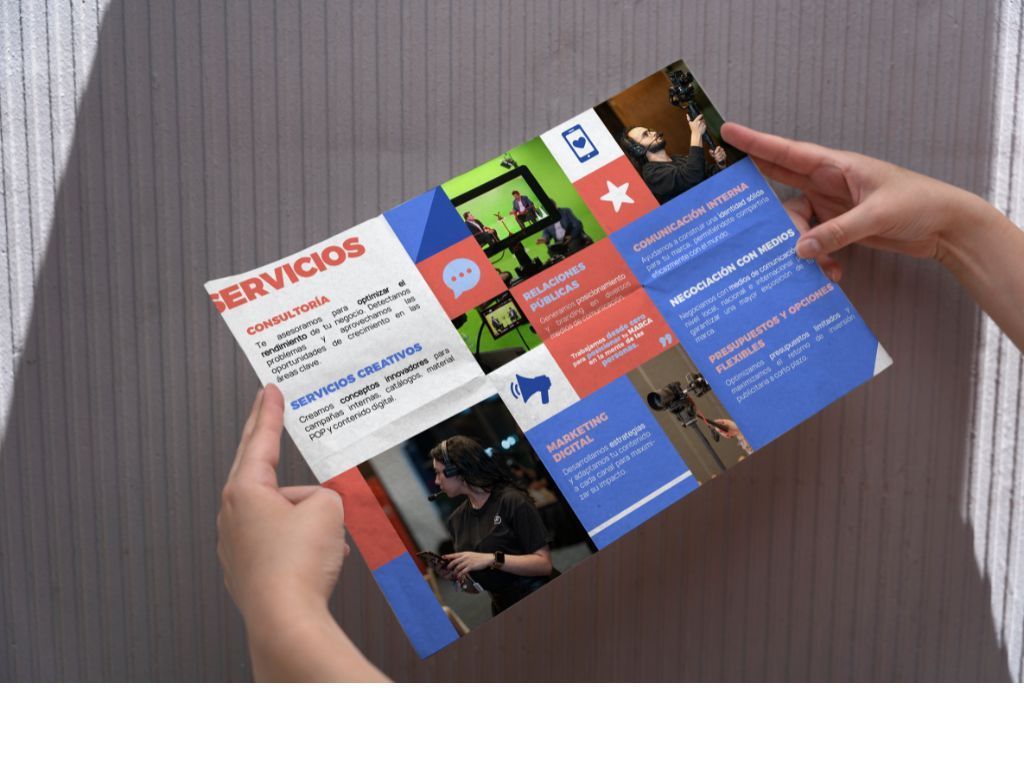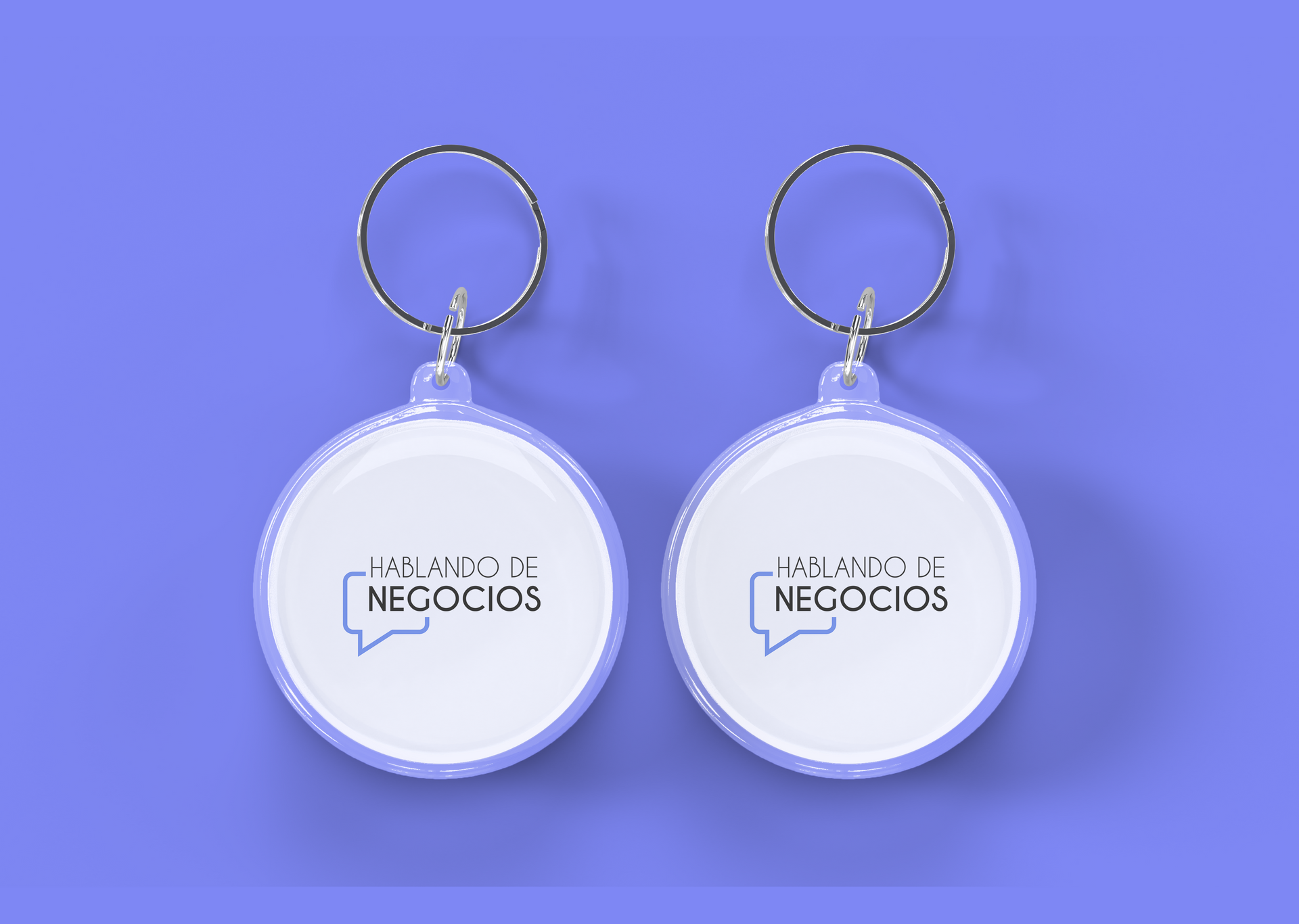What is storytelling and how can I use it in my marketing strategy
Integrate storytelling into your marketing strategy to take control of your narrative and build your brand image.

When it comes to digital marketing, the lasting interest of the public is everything and storytelling it's the key to creating a connection with your audience. A connection that translates into sale.
Brands are known through the products and services they offer, but also the values of the company, the events they organize and in general the expectation they generate in their audience.
Storytelling is the art of creating expectations, the alternative to giving all the answers is to provide the necessary information for the public to give with the goal. Telling a story is about every detail serving a main goal.
Storytelling, what is it?
Storytelling is a tool that helps you create a narrative that supports the image of your brand, and definitely an integral part of the marketing strategies.
A brand's image is closely related to what it says and the way it says it. A narrative about your company communicates to your customers and potential customers about who you are, what you represent and everything that makes you unique as a brand.
The first step in creating a narrative for your brand is to share the story of its foundation. The story about the challenges faced and the reason to overcome them will give your audience insight into who you are and where you stand in the business world.
No story is like another.
Every time you share something about your brand, you're creating a unique type of content, which will set you apart from the competition and help you
increase your sales.
What do we need to tell stories?
The first thing is the essence of the narrative, it must be relevant, dynamic, create intrigue by giving the necessary information for the reader to fill in the spaces.
Interest in your story must be created in the first 10 seconds, you have to give the audience a reason to take their time in it. Likewise, creating moments of anticipation and uncertainty creates changes and dynamism in the narrative.
Giving information all at once in one place loses the public's attention. Sharing it through different channels moreover, gives the viewer the opportunity to search more about you with growing interest.
Keep in mind the goal of the story, which is to give a reason for being to everything you write in it. Every action, event, message and choice must relate to the purpose of the story.
Communicating your story will work to share your path as a company, a journey that the audience can identify with.
Beyond the essence of the story, there are three specific points you should take into account:
- Create a character. It can be someone who relates to your product or service or can give them a personality. This character has to have a context and characteristics that define him.
- Take control of your image. The look of your brand should match your message throughout the story. The elements you should keep in mind are: your website, profiles on social networks, your description on google and the content to share in the future.
- Communicate through your actions. Manage your brand environment with online activities and campaigns, these can be webinars, Facebook envivos, etc. Transmit your message by becoming the center of all things related to your story.
How does storytelling impact the audience?
A well-told story generates closeness and empathy in the connection with a customer who always changes the way they relate to services and products.
This is because every time you tell or hear a story, something in your brain reacts. Without us noticing,
as we listen, memories and emotions linked to them are triggered.
These reactions allow us to experience pleasure, empathy, emotion or interest and thus imagine what it would be like if we were inside the story. This is how the audience experiences the narrative through their own experiences.
Those are the possibilities of using storytelling in your marketing strategy. As people identify with what you tell, they will see themselves and want to be part of the story. These memories and emotions are what move the audience into action.
How is storytelling used in a marketing strategy?
Sharing stories accelerates interpersonal connection and allows us to remember a narrative longer than we retain informational data. The most important thing is to plan ahead, write stories in detail, and publish with an audience in mind.
Something that will make your life easier is keeping a content archive for stories, as well as taking note of the type of stories that you will present to different segments of the audience.
Planning should begin with a clear idea of the importance of the story to be shared.
As for the wording, a memorable story always refers to a point of importance. The point that will engage the audience is the morality or purpose of the story, which gives the opportunity to create emotional connection.
It is this emotional connection that gives the public the opportunity to understand the context of your brand, as well as the relationship between the image of your company and their personal life. A detailed narration of the characters in your stories will allow connection and longer retention.
Finally, you may have to test your story with different audiences to find your target audience. Share it on social networks it will give you an opportunity to receive feedback and study where the interaction you will receive comes from.
Take the advantages that storytelling offers by telling a story that stays with people and so your brand is remembered. Create your own narrative and you will be remembered for everything you represent.
Show the world who you are, the reason you're here. And for those reasons your brand will be remembered.
We recommend using TikTok as part of your marketing strategy, click
out here and learn all about this social network.
Comparte
Blog para Negocios















